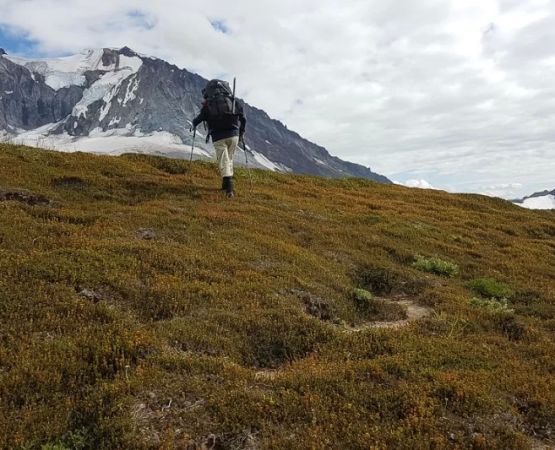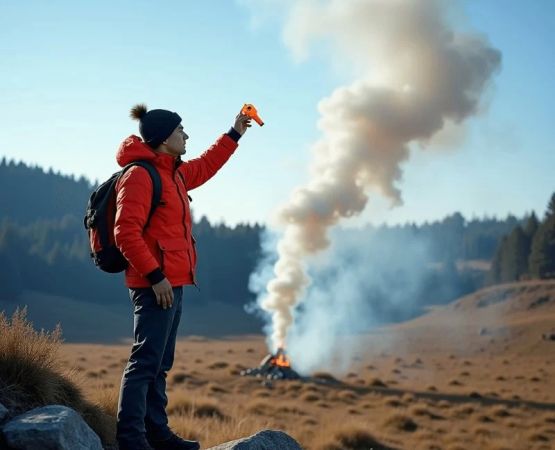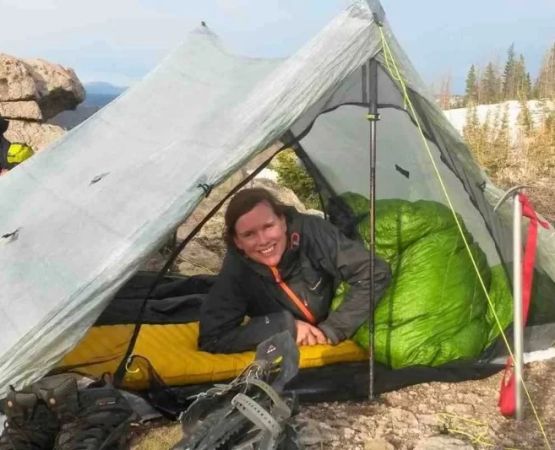- 1-why-safety-matters-in-camping
- 2-features-of-the-safest-camping-locations-in-the-us
- 3-top-safest-campgrounds-across-the-us
- 4-how-campers-can-enhance-their-own-safety
- 5-real-camping-stories-illustrating-safety-best-practices
- 6-planning-your-safe-camping-trip-with-pine-cliff-resort
Why Safety Matters in Camping
Camping in the great outdoors is a beloved American tradition, offering connection with nature, relaxation, and adventure. Yet, the need for safety cannot be overstated. Choosing safest places to camp in the US helps mitigate risks such as wildlife encounters, weather hazards, and security concerns, ensuring your experience remains positive and worry-free.
For families and solo adventurers alike, knowing that a campground is secure and well-maintained provides peace of mind, enabling full enjoyment of the natural environment. This emphasis on safety is especially crucial given the wide range of environments and conditions encountered across the country’s diverse landscapes.
Features of the Safest Camping Locations in the US
Safe camping sites typically offer well-marked trails, reliable communication signals, and professional management or rangers on-site. Clear emergency protocols, secure perimeters, and good lighting in communal areas add layers of protection. Family-friendly sites often include amenities such as fenced playgrounds and monitored activity areas.
Environmental considerations also contribute to safety; locations with minimal risks from flooding, fires, or extreme weather are preferred. Furthermore, campsites promoting responsible wildlife management reduce encounters with potentially dangerous animals.
Top Safest Campgrounds Across the US
Several campgrounds stand out for their exemplary safety records and visitor satisfaction. Yosemite National Park’s campgrounds, for example, provide ranger patrols and extensive visitor education programs. Similarly, Acadia National Park in Maine offers well-equipped, secure sites with quick access to medical facilities.
Other notable mentions include Pine Cliff Resort, which combines scenic beauty with rigorous safety standards, making it a top choice for families seeking secure camping experiences. Their staff is trained to assist visitors promptly, ensuring both comfort and protection.
How Campers Can Enhance Their Own Safety
While selecting a safe campground is essential, campers themselves must practice safety habits. This includes carrying first aid kits, informing others of their itinerary, securing food to avoid attracting wildlife, and following park regulations. Using proper camping gear and checking weather forecasts also reduces risks.
Learning basic survival skills and emergency response, such as fire safety and navigation, empowers campers to handle unexpected situations confidently. Responsible behavior ensures that both the individual and the community benefit from a secure environment.
Real Camping Stories Illustrating Safety Best Practices
Emily, a solo camper in Colorado, credits her thorough preparation and choice of a well-monitored campground for a safe and enjoyable trip despite sudden weather changes. Meanwhile, the Johnson family shared how Pine Cliff Resort’s attentive staff and family-oriented security measures helped them feel comfortable camping with young children.
These real-life experiences highlight how safety-conscious planning and the right environment contribute to memorable and risk-free camping adventures.
Planning Your Safe Camping Trip with Pine Cliff Resort
When looking for the safest places to camp in the US, consider locations like Pine Cliff Resort that prioritize guest safety without sacrificing the joy of nature. Their comprehensive facilities, attentive staff, and clear safety protocols offer ideal conditions for all campers.
For detailed information on secure camping options, expert tips, and booking assistance, visiting Pine Cliff Resort’s resources can streamline your planning process. With the right preparation and trusted support, your next camping trip can be both thrilling and safe.






